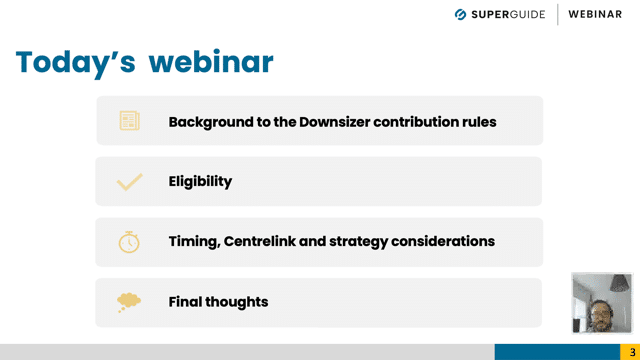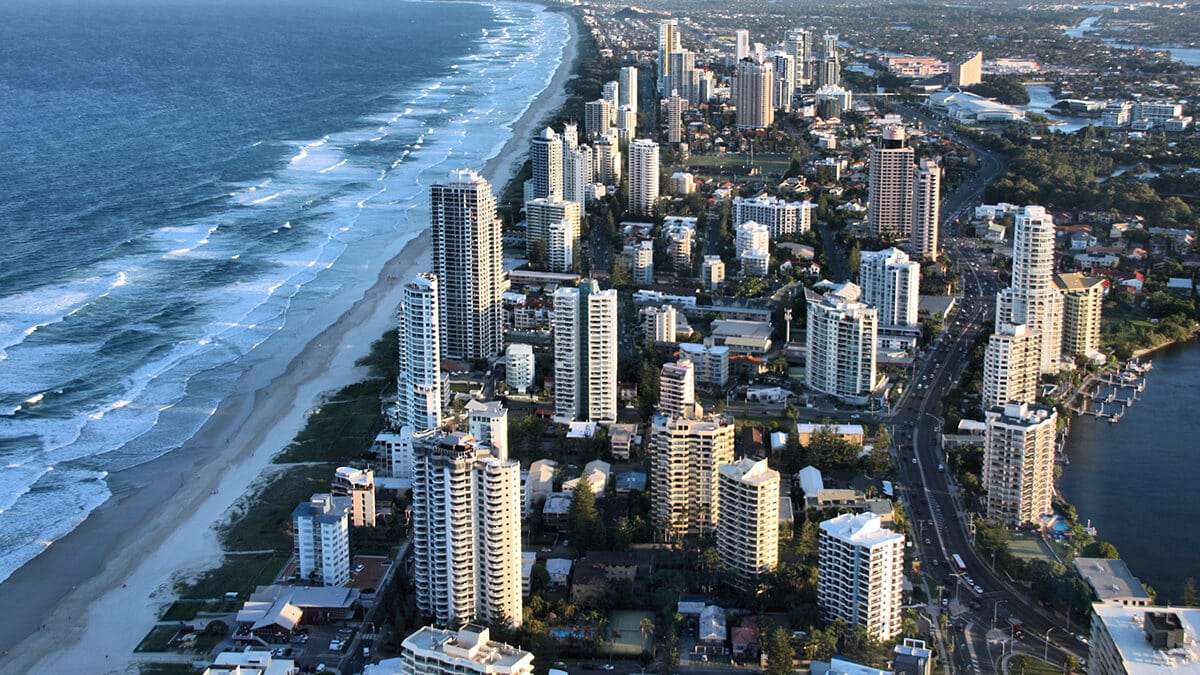In this guide
Owning your own home is part of the Aussie dream, but it’s also a key part of any good retirement plan. With Australia facing a housing shortage and rising rents, having a place to call your own can make the difference between a happy retirement and one that’s much tougher and insecure.
But your home can also play an important role in helping to boost your income in retirement.
If you’re thinking about a smaller or better located home for your retirement years, selling your family home could be a great way to release some of the equity you have built over the years to give your super a big last-minute boost.
The government’s willing to give you a hand as well, by offering some attractive incentives. It sees helping older people to ‘right size’ their home for retirement as one way to free up larger homes for young families looking to enter the housing market.
Learn more about your home and retirement planning.
What are downsizer contributions?
Watch our video guide below, or continue reading for in-depth detail on how downsizer contributions work.
SuperGuide members have access to an extended version of this video with additional case studies and examples.
Learn more about becoming a member.
Put simply, the intention of the downsizer contribution rules is to allow older Aussies to sell their current home and use the proceeds to purchase a smaller one, then contribute the difference into their super account without worrying about the usual contribution caps or age limits.
The minimum age to make a downsizer contribution is 55. Originally the minimum age was 65, but this has progressively been lowered.
The lower age limit (55 years) is based on your age when you make the contribution and there is no upper age limit. Normally, once you reach age 75 the super rules prevent you from making voluntary contributions, so a downsizer contribution presents a rare opportunity to top up your super.
Learn about making contributions after turning 60.
There is no requirement for you to be working (or to have ever participated in paid employment) to make a downsizer contribution. However, you can’t claim a tax deduction for a downsizer contribution.
Learn about tax-deductible super contributions.
Downsizer webinar
Learn about downsizer super contributions in detail in our webinar, including how the eligibility rules work, plus timing, Centrelink and strategy considerations.

Super tip
The costs involved in selling a family home can be substantial. Sales commissions, moving costs and high stamp duty and land taxes if you purchase another home all mount up, so think carefully before deciding to downsize.
Remember, selling a large home and downsizing to a smaller property may not always release much excess capital (particularly in a capital city), so do some careful calculations on how much you will have left to contribute to super prior to selling.
What are the contribution limits?
Under the downsizer rules, you are allowed to contribute up to $300,000 ($600,000 for a couple) from the sale proceeds of your eligible family home.
The contribution limit is the lesser of $300,000 and the gross actual sale proceeds. This means if you gift your home to a family member and the sale proceeds are $0, you will not be able to make a contribution.
Any debt or remaining mortgage on the property does not impact the amount you are permitted to contribute into your super account.
To sweeten the deal for potential downsizers, eligible downsizer contributions are exempt from many of the normal contribution caps and rules limiting what you can put into your super account. Contributions made using the downsizing rules do not count towards either your annual concessional (before-tax) or non-concessional (after-tax) contributions cap.
Downsizer contributions can be made in addition to any concessional and non-concessional super contributions you make, without needing to worry about exceeding your annual cap amounts.
Learn about exceeding your contributions caps.
Need to know
Downsizer contributions are not subject to 15% contributions tax when they enter your super account.
Is my home eligible?
Plan your retirement (without a financial adviser)
- Step-by-step guides help you plan and take action
- Simple changes can make a big difference to your super balance
- Calculators, case studies and Q&As give you greater confidence
- Make sure your super is performing and lasts longer

Leave a Reply
You must be logged in to post a comment.